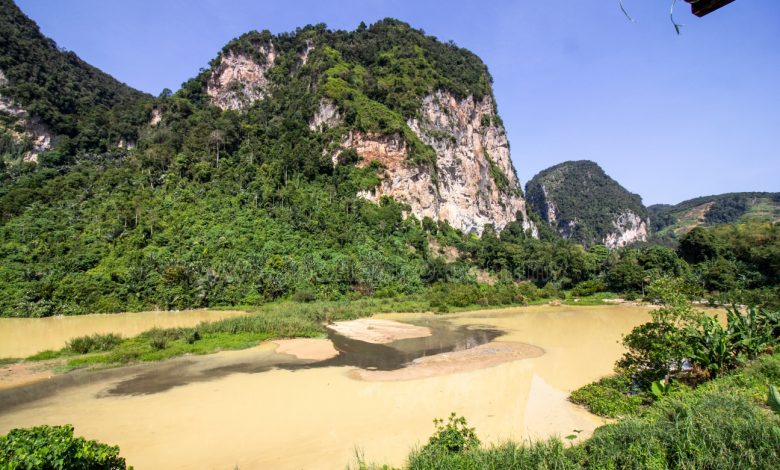Prioritize Safety Over History: Preventing Limestone Hills Tragedies


By Azlina Din
I was only six when tragedy hit Kampung Kacang Putih. It was a rainy night — and a power outage and falling rocks caused chaos. Living nearby, we heard the crash and witnessed emergency responders. The next morning, volunteers, including my brothers, searched for survivors. Sadly, some victims remain undiscovered. Even at a young age, the incident left a lasting impression on me as our village grappled with the aftermath.
These memories resurfaced after reading a recent article marking the 50th anniversary of that tragedy. It reminded me of lives lost, the endured pain, and the trauma embedded in the surrounding rocks. More recently, a landslide in November 2020 claimed two lives at the Banjaran Hotsprings Retreat.
The tragedy at the Banjaran Hotsprings Retreat cannot be written off as a one-time, freak accident. We need to remember this – there have been about 20 incidents of natural limestone collapses around Ipoh over the years. The worst incident, however, was in 1973 when a limestone cliff in Gunung Cheroh collapsed and crushed 42 people to death.
Sadly, the Banjaran Hotsprings tragedy was only reported in the week that it happened and quickly faded from public attention soon after. Like any other tragedy, the deaths of the two holidaymakers should not be allowed to fade away – their lives should act as a sobering reminder for us to never let history repeat itself at the cost of human lives.
I was also utterly astonished when I came across the news on a legal case involving a monastery in the Gunung Khantan vicinity. I was concerned about the Perak Government’s decision to form a Special Committee to investigate the case after the monastery had lost an appeal against an eviction order to remain at a location owned by a nearby cement company. I couldn’t help but feel an overwhelming sense of frustration at the wastage of resources and bureaucracy. What on earth are the authorities thinking? After a number of tragedies over the years, why are we still looking at ‘investigating’ instead of taking action to remove those who occupy the area illegally, posing harm to themselves and perhaps others?
Limestone hills, such as Gunung Rapat, Gunung Datok, Gunung Lang, Gunung Paniang, Gua Kandu, Gunung Tambun, Gunung Panjang, Gunung Kanthan, and Gua Tempurung, are an integral part of Perak’s landscape. These hills are often located in proximity to roads, residential areas, potential development zones, tourist attractions, and various structures. Some of these structures are established legally, while others involve illegal occupation of caves or the foothills of these limestone formations. I think it is high time that we take stern action, especially against the latter category.
From my reading of various news reports on the safety of limestone hills, these structures are inherently unstable and pose substantial safety risks to those surrounding them. Any form of public support to allow habitation near such limestone structures reflects a lack of awareness regarding the unpredictable nature of karst formations.
The safety of human lives should be the main concern here. The Government should realise that prolonged deliberations for fear of loss of support should not even be a consideration in the face of such a critical safety issue.
We have seen one too many natural disasters in Malaysia involving the volatile nature of limestone hills. Naturally, Malaysians are easily stirred by the latest tragedies, but unfortunately, they also tend to forget about them once an issue becomes stale, only to remember it when the next tragedy happens.
We’ve seen that limestone hills can be a real danger zone. Given the wild weather we’ve had lately, it’s fair to ask: haven’t we learned from our history that we can’t always predict what these structures will do? It’s frustrating to see folks gloss over the real problem and turn it into a spectacle.
Do we need another disaster to spur them into action? And when a disaster does strike, who are we going to blame? The landowners? Or perhaps the public that enabled this? It is time to stop fishing for sympathy using the public’s lack of understanding on limestone structures and safety. I encourage the committee to make an informed decision based on expert views and scientific data instead of being swayed by public opinion to prevent any potential harm.


